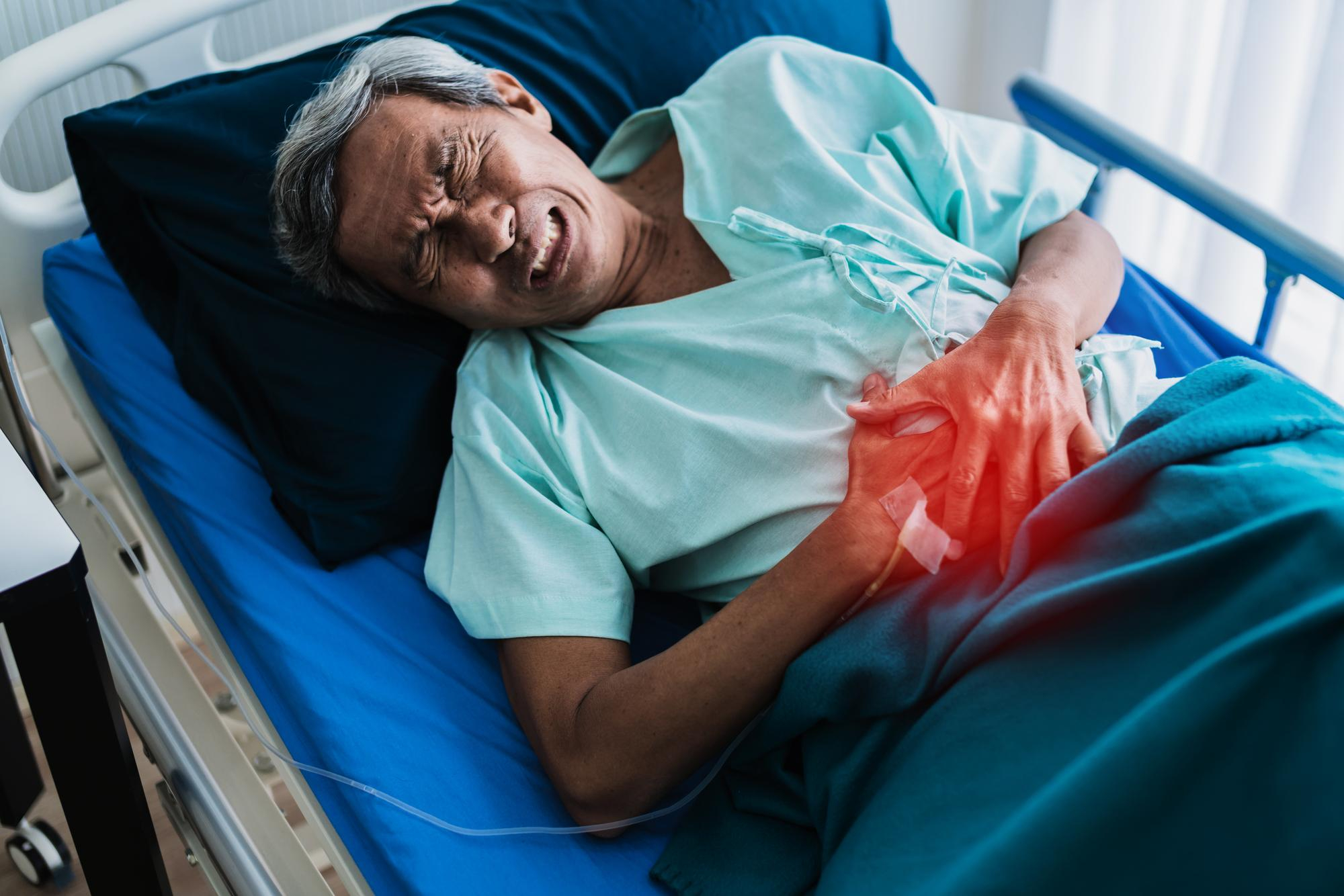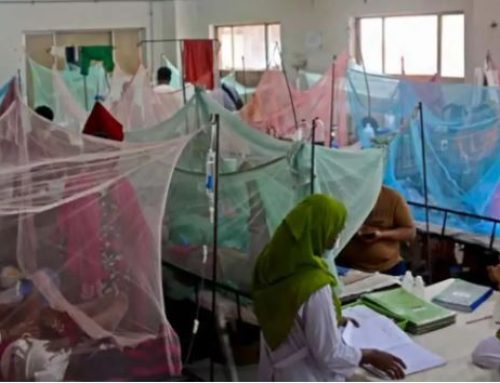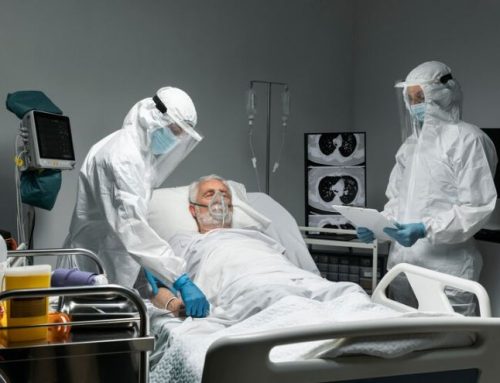Project Description
Author: Akhter et al.
Summary:
Post- ERCP pancreatitis (PEP) is one of the most serious complications of endoscopic retrograde cholangiopancreatography (ERCP). Numerous patient or procedure related risk factors for PEP have been suggested. The aim of this study was to assess the prevalence of PEP and the factors responsible for developing PEP.
All patients who underwent first time ERCP at a tertiary care hospital for a period of 12 months were included. A total of 135 patients were enrolled after obtaining informed written consent. A structured questionnaire was used for data collection and details regarding patient’s demographics, biochemical analysis, ERCP procedure and presence of PEP were recorded. Risk factors were determined using univariate and multivariate logistic models. Ethical measures were taken in accordance with the current Declaration of Helsinki.
The mean age of study population was 55.32±13.16 (SD) years and there were 71 (52.6%) female patients. Out of 135 patients 23 (17%) developed PEP, of which 11.1%, 4.5% and 1.5% had mild, moderate and severe PEP respectively. Longer cannulation time [OR:2.37, 95% CI (1.20-5.70), p=.002], longer procedure time [OR:2.20, 95% CI (1.71-3.05), p=.005] and higher 2 hours post-ERCP serum amylase [OR:1.94, 95% CI (1.12-1.99), p=.048] were independent risk factors for post- ERCP pancreatitis (PEP).
Conclusion: Our study finding have suggested that procedure related factors like cannulation time and procedure time are crucial risk factors in developing PEP and predictors such serum amylase level can aid clinicians in early detection of PEP.
Status: Ongoing
Full text link: Not available



